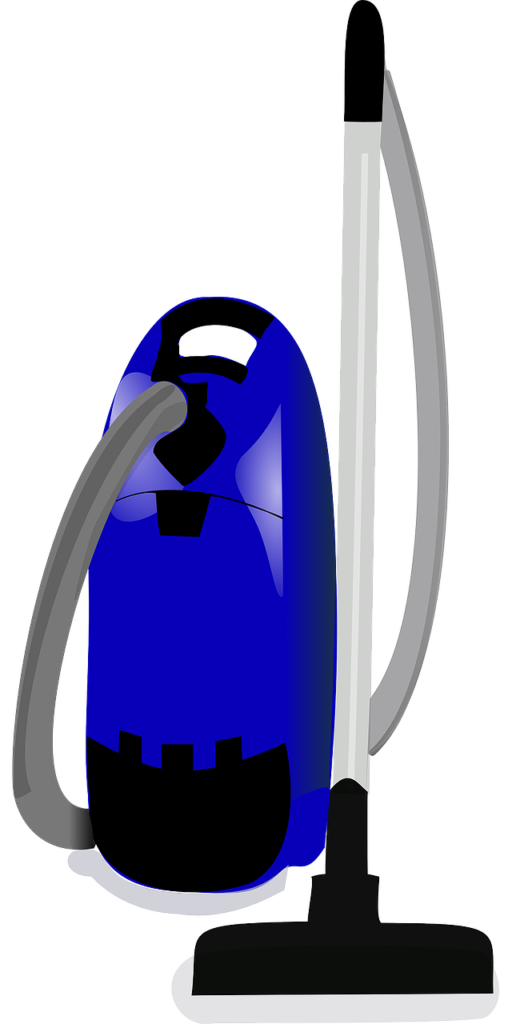Vacuum cleaners are indispensable tools in our quest to maintain clean and healthy living spaces. However, not everything is fair game for the suction power of your trusty vacuum. In this guide, we’ll explore the things you should never vacuum up and share tips on how to keep your vacuum in tip-top shape for years to come.
Things you should never vacuum:
Wet spills and liquids:
Vacuum cleaners are not designed to handle wet messes. Attempting to vacuum up spills or liquids can damage the motor and pose electrical hazards. Instead, use an appropriate mop or absorbent materials to clean up wet messes.
Large debris and hard objects:
Vacuum cleaners are built to handle dirt, dust, and small debris. Large items like coins, paper clips, or small toys can cause clogs or damage the vacuum’s internal components. Pick up these items by hand before vacuuming.
Fine powders:
Fine powders like baking soda or plaster dust can overwhelm the vacuum’s filtration system, reducing its effectiveness over time. Consider sweeping or wiping up powders with a damp cloth to avoid damaging your vacuum’s motor and filters.
Hair and stringy materials:
Long hair, thread, or dental floss can easily get tangled in the vacuum’s brush roller and belts. Regularly clean the brush roller and check for any entangled materials to prevent strain on the motor.
Construction debris:
If you’ve been doing any home improvement projects, avoid vacuuming up construction debris like nails, screws, or wood splinters. These items can cause serious damage to the vacuum and create safety hazards.
How to keep your vacuum in good working condition:
Empty the dustbin or replace the bag regularly:
A full dustbin or bag reduces your vacuum’s suction power and overall efficiency. Empty or replace it as recommended by the manufacturer.
Clean or replace filters:
Check your vacuum filters regularly and clean or replace them according to the manufacturer’s instructions. Clean filters ensure optimal airflow and prevent dust and allergens from being released back into the air.
Inspect the brush roller:
The brush roller can accumulate hair and debris over time. Periodically remove any tangled materials to keep the roller spinning freely and prevent strain on the motor.
Check and replace belts:
If your vacuum has a belt-driven brush roller, inspect the belts for signs of wear or damage. Replace them as needed to maintain efficient brush rotation.
Store your vacuum properly:
When not in use, store your vacuum in a dry and cool place. Avoid wrapping the cord tightly around the vacuum, as it can damage the cord and strain the internal wiring.
Taking proper care of your vacuum cleaner not only ensures its longevity but also enhances its performance, keeping your home cleaner and healthier. By avoiding the common mistakes mentioned above and following these maintenance tips, you can enjoy the benefits of a reliable and efficient vacuum for years to come.

